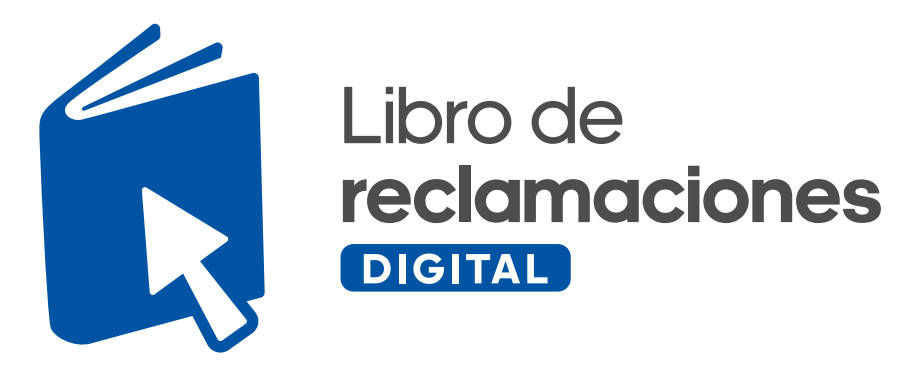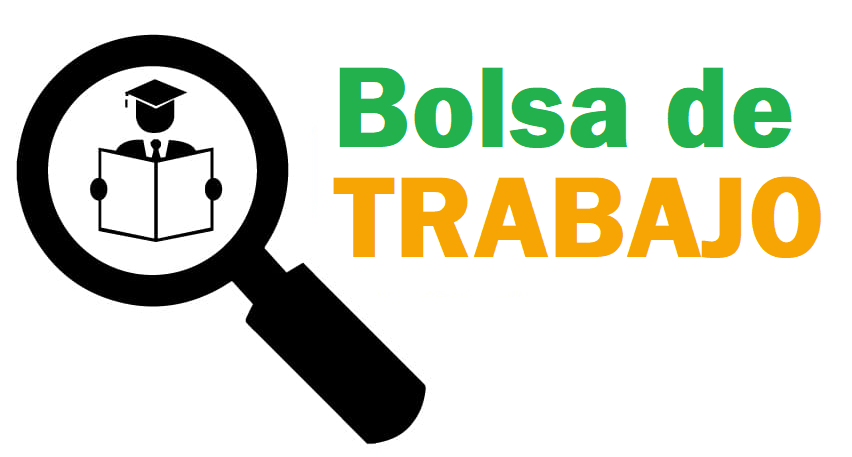Building upon the foundational idea in How Hidden Patterns Shape Our Perceptions, this article delves deeper into the subtle yet powerful forces that influence our decision-making. These unseen cues, often operating below our conscious awareness, shape our perceptions and choices in ways that are both fascinating and, at times, concerning. Understanding these influences not only enriches our awareness but also grants us the tools to navigate the complex web of subconscious signals that surround us daily.
Contents
- 1. The Subconscious Mind: The Hidden Force Behind Our Decisions
- 2. Types of Subconscious Cues That Shape Our Behavior
- 3. The Science of Unseen Influences: How Our Brain Processes Subconscious Cues
- 4. Subtle Cues in Social and Environmental Contexts
- 5. The Power of Priming: How Small Cues Can Significantly Affect Outcomes
- 6. Unconscious Biases and Their Role in Decision-Making
- 7. When Unseen Cues Lead to Unintended Consequences
- 8. Connecting Back: How These Hidden Influences Expand Our Understanding of Perception
1. The Subconscious Mind: The Hidden Force Behind Our Decisions
Our subconscious mind acts as an intricate, unseen engine that subtly guides many of our choices. It is composed of cues and signals that originate from our environment, past experiences, and innate biological processes. For example, a person might choose a particular brand of coffee not because of conscious analysis but because that brand’s logo triggers a positive emotional association stored deep in their implicit memory. These cues can be visual, auditory, or tactile, and often influence us without our awareness.
Distinguishing between conscious awareness and subconscious influence is crucial. While we might believe that decisions are solely based on rational thought, research shows that up to 95% of our decision-making occurs below the level of conscious awareness. This distinction underscores the importance of understanding subconscious cues—not only as a theoretical concept but as practical factors affecting daily life.
«Much of what we decide is driven by unseen signals — a silent orchestra that plays beneath our conscious mind.» — Neuroscientific insights
In everyday situations, subconscious cues manifest in various ways: choosing a product based on packaging colors, feeling more inclined to trust someone who uses certain gestures, or even selecting a route based on ambient sounds. Recognizing these cues helps us understand that our perception of free will is often influenced by factors operating beneath our conscious radar.
2. Types of Subconscious Cues That Shape Our Behavior
a. Sensory triggers: visual, auditory, and tactile cues
Sensory cues are perhaps the most immediate form of subconscious influence. Visual stimuli like colors, images, and even spatial arrangements can evoke emotional responses or trigger habits. For example, a brightly lit, organized store layout can subconsciously encourage shoppers to buy more, while a cluttered environment may deter decision-making.
Auditory cues, such as background music tempo or tone, subtly influence mood and behavior. Studies have shown that slow music can encourage longer browsing times, while high-tempo music may stimulate quicker decisions. Tactile cues, like the texture of a product or the feel of a surface, can also subconsciously impact perceptions of quality or desirability.
b. Emotional associations and their automatic influence
Emotional associations are powerful subconscious cues rooted in past experiences. For instance, a person who has fond memories associated with a particular scent might automatically feel comforted when encountering it again, influencing their choices in environments like hotels or retail stores. These associations often operate without conscious recall but significantly sway our preferences and decisions.
c. Cultural and contextual subtleties operating below awareness
Culture shapes many subconscious cues through shared norms, symbols, and expectations. For example, colors hold different meanings across cultures—white signifies purity in some societies but mourning in others. Environmental context, such as the design of a space or the social setting, subtly guides behavior without explicit instructions, aligning perceptions with cultural norms.
3. The Science of Unseen Influences: How Our Brain Processes Subconscious Cues
a. Neural pathways involved in subconscious processing
Neuroscientific research reveals that subconscious cues are processed through specialized neural circuits, primarily involving the limbic system, particularly the amygdala and hippocampus. These areas handle emotional memories and associative learning, allowing us to respond to stimuli without engaging higher cognitive functions. For example, when a scent triggers an emotional memory, neural pathways activate automatically, influencing mood and subsequent choices.
b. The role of implicit memory and associative learning
Implicit memory enables us to retain information without conscious awareness. This type of memory is responsible for learned behaviors and preferences that surface automatically. Associative learning links stimuli with responses; for example, pairing a specific jingle with a brand creates a subconscious connection that influences future purchasing decisions. These processes occur rapidly and unconsciously, shaping perceptions seamlessly.
c. Recent neuroscientific findings on unconscious decision-making
Recent studies, including functional MRI experiments, demonstrate that the brain often commits to decisions before we are consciously aware of them. For instance, researchers found that neural activity in the prefrontal cortex predicts choices seconds before individuals report making a decision. This evidence underscores how deeply subconscious processing influences our behavior and highlights the importance of understanding these signals.
4. Subtle Cues in Social and Environmental Contexts
a. How ambient factors influence choices without overt awareness
Ambient factors—such as lighting, temperature, and background noise—can shape behaviors subtly. For example, studies show that warmer environments increase feelings of friendliness and cooperation, while certain lighting schemes can make spaces feel more inviting or sterile. These cues operate below conscious perception but strongly influence our comfort levels and decision-making.
b. The impact of social norms and unspoken expectations
Social norms are powerful subconscious guides. People tend to conform to perceived expectations even without explicit instructions. For example, in a formal dining setting, subtle cues like table arrangement and posture encourage politeness and decorum. Recognizing these norms helps us understand how societal expectations shape individual choices unconsciously.
c. Environmental design and subliminal messaging in shaping perceptions
Design elements such as store layout or signage can embed subliminal messages that influence perception. For example, placing healthier food options at eye level subconsciously encourages better choices. Marketers increasingly use subliminal cues—like color psychology and strategic placements—to steer consumer behavior without overtly drawing attention.
5. The Power of Priming: How Small Cues Can Significantly Affect Outcomes
a. Definition and mechanisms of priming
Priming involves exposing individuals to certain stimuli that activate specific mental pathways, influencing subsequent behavior and perceptions. For instance, reading words related to kindness can increase prosocial actions afterward. This process operates below conscious awareness, subtly setting the stage for future responses.
b. Practical examples in marketing, negotiation, and daily life
In marketing, priming can be seen in how advertisements subtly associate products with positive emotions or social status. Negotiators might use certain language or gestures to unconsciously influence counterparts. Even in daily interactions, a simple phrase or visual cue can prime individuals to feel more cooperative or competitive.
c. Strategies to recognize and mitigate unwanted priming effects
Awareness is key. Recognizing common priming techniques allows individuals to resist unwarranted influence. Techniques include questioning initial impressions, considering alternative interpretations, and being mindful of environmental cues. Critical thinking and reflection help reduce susceptibility to manipulative priming.
6. Unconscious Biases and Their Role in Decision-Making
a. The development of implicit biases and their subconscious roots
Implicit biases are ingrained attitudes that operate below conscious awareness, often shaped by societal stereotypes, media, and personal experiences. For example, studies show that individuals may unconsciously associate certain groups with negative traits, influencing hiring decisions or social interactions without overt prejudice.
b. How biases influence perceptions of others and choices
These biases color our perception, leading us to interpret information in ways that reinforce pre-existing stereotypes. For instance, a person might unconsciously favor a candidate who fits a stereotypical profile, affecting recruitment outcomes. Recognizing these biases is crucial for making fairer, more informed choices.
c. Methods to become aware of and counteract bias-driven influences
Counteracting implicit biases involves deliberate reflection, exposure to diverse perspectives, and structured decision-making processes. Tools like Implicit Association Tests (IAT) help individuals identify their biases, while mindfulness practices improve conscious control over automatic responses. Education and ongoing awareness are essential in mitigating bias impacts.
7. When Unseen Cues Lead to Unintended Consequences
a. Case studies of subtle influences causing significant effects
Historical examples include experiments where subliminal messaging influenced voting behavior or product choices. For instance, studies in the 1950s showed that brief, unnoticed flashes of brand logos increased sales, raising ethical concerns about manipulation. These unintended effects highlight the potency of subconscious cues when misused or misunderstood.
b. Ethical considerations in leveraging subconscious cues
Using subconscious influences raises questions about autonomy, consent, and manipulation. While marketers and psychologists can harness these cues ethically to enhance experiences, deceptive practices erode trust and infringe on individual agency. Transparency and ethical standards are vital in this domain.
c. Recognizing and controlling for unintended subconscious impacts
Individuals and organizations can implement strategies such as awareness training, critical analysis of environments, and ethical guidelines to prevent unintended consequences. Regular reflection on the influences at play helps maintain control over perceptions and decisions.
8. Connecting Back: How These Hidden Influences Expand Our Understanding of Perception
Integrating insights about subconscious cues into our broader understanding of perception reveals that what we see and interpret is often shaped by an intricate web of unseen signals. As How Hidden Patterns Shape Our Perceptions suggests, awareness of these influences transforms passive reception into active perception.
By cultivating a conscious approach, we can better decipher the myriad unseen cues influencing us—from environmental factors to societal norms—and make more deliberate choices. This expanded understanding empowers us to navigate the subtle currents of influence with clarity and integrity.
In essence, recognizing the power of subconscious cues equips us to not only perceive more accurately but also to shape our perceptions intentionally, fostering a more authentic engagement with the world around us.


